current location: Home> Central News
Central News
The validation meeting of the group standard "Evaluation Criteria for Future Communities in Rural China" and the third meeting of the editorial committee were successfully held.
Release date:2023/01/13 Source: CCAP
On January 10, the validation meeting of the group standard "Evaluation Standard for Future Communities in China's Countryside" and the third meeting of the editorial committee were held in an online and offline format. Yin Chengjie, member of the Rural Revitalization Expert Advisory Committee of the Ministry of Agriculture and Rural Affairs of the Central Agricultural Office and former Executive Vice Minister of the Ministry of Agriculture, Li Bingdi, former Director of the Department of Villages and Towns of the Ministry of Housing and Construction, Zhang Lijian, former Vice President of the Chinese Academy of Agricultural Sciences (CASA) and former Assistant Governor of Guizhou Province, Xu Xianglin, Professor of the Central Party School, Cai Jianming, Bo-Director of the Institute of Geography of the Chinese Academy of Sciences (CAS), Du Lijun, Senior Engineer of the Beijing Municipal Center of Rural Economy, Zhu Lizhi, President of the Chinese Agricultural Ecological Agricultural Science Academy, and other seven evaluation Experts attended the evaluation meeting. Yin Xuebin, Secretary of the Party Committee of China International Science and Technology Promotion Association, Zheng Hualin, Deputy Secretary General and Director of Standardization Committee, Zhang Shizhuang, Deputy Secretary General, Xu Xin, Deputy Secretary General, Su Baocheng, Deputy Director of Standardization Committee and other relevant leaders, leaders of Qujiang District of Quzhou City, and more than 40 editorial committee members attended the meeting.
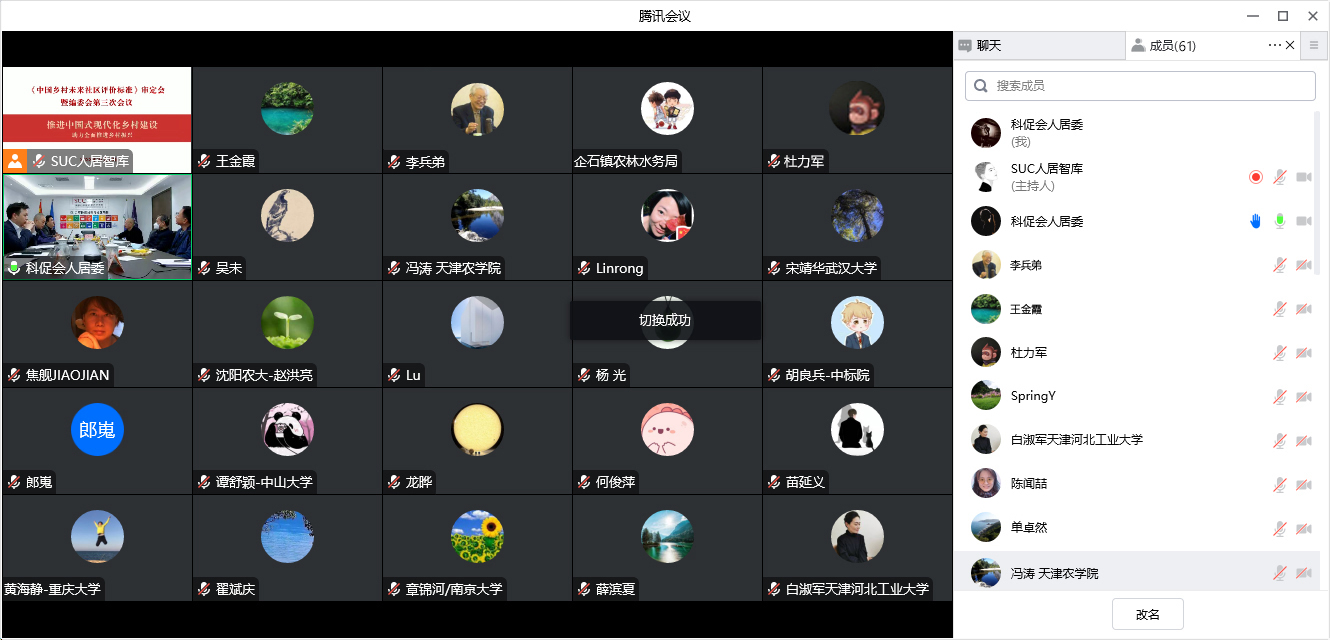
The Evaluation Standard for Future Communities in Rural China is the first national group standard in the field of future community construction in rural areas, and also the first standardization document focusing on the dimension of community construction to promote rural revitalization. The standard was initiated by China Association for the Promotion of International Science and Technology (CAIT) and proposed by Beijing Future Habitat Technology Research Institute (FHTRI). In June 2021, the standard was officially announced and filed on the National Group Standard Information Platform of National Standards Commission, and finally formed into a draft for submission for review after 18 months and several revisions.
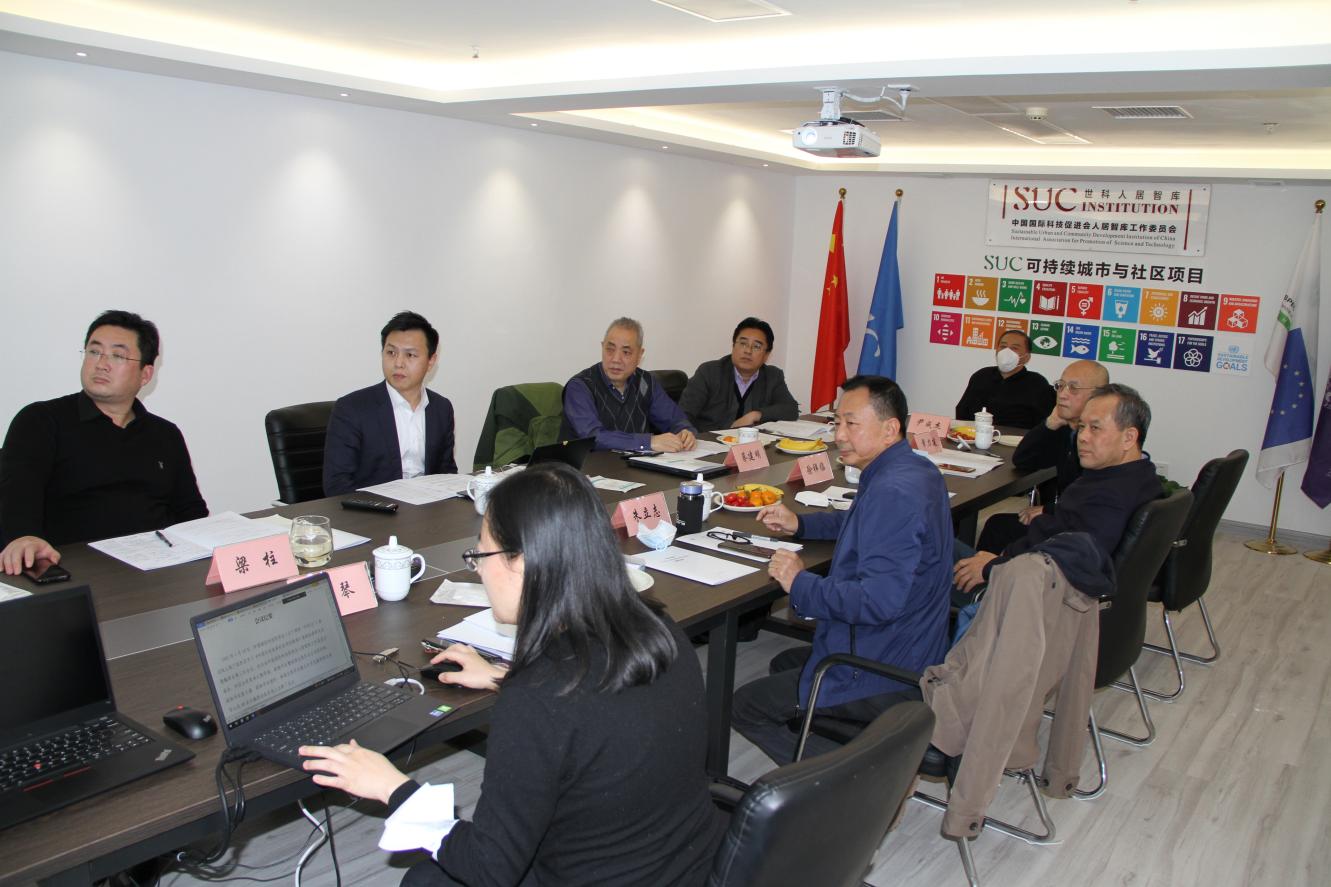
The experts attending the meeting gave high praise and affirmation to the work of the editorial board, and unanimously agreed that in the context of China's comprehensive promotion of rural revitalization and acceleration of agricultural and rural modernization, the standard has a demonstration and guiding role in promoting the construction of Chinese-style modern rural communities, promoting the high-quality development of rural revitalization in the basic unit, realizing the basic modern living conditions in rural areas, and building livable and beautiful rural areas.
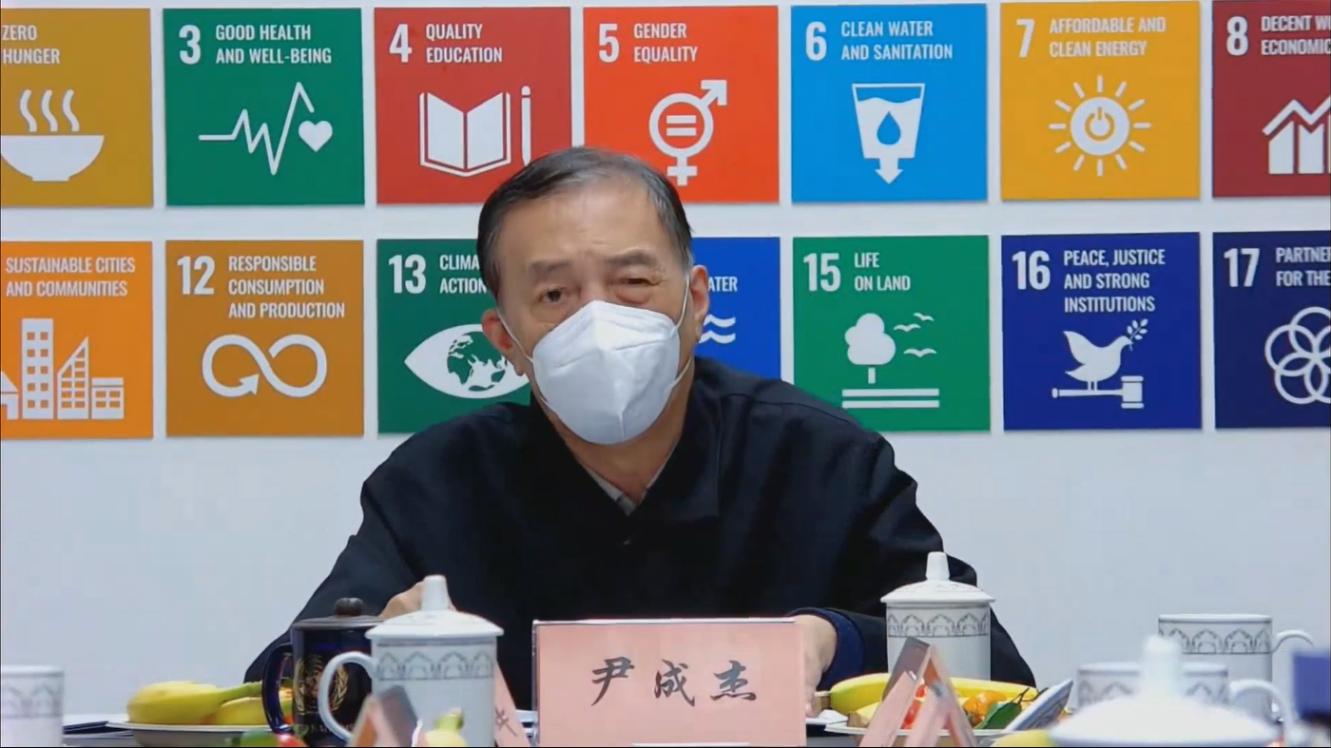
Yin Chengjie said that the Evaluation Standards for Future Communities in Rural China, as the first standardized document focusing on community construction and promoting rural revitalization in China, is of great significance, innovative and realistic demand, fills the gaps in China's standards for rural community construction, has strong continuity and relevance, and helps to promote the construction of an agricultural powerhouse with Chinese characteristics, a livable, workable, and beautiful countryside, and helps to promote the comprehensive rural revitalization of the tasks and goals in the basic units of the countryside, and put forward the following suggestions: First, the standards should be further improved by closely following the report of the 20th CPC National Congress, the Central Rural Work Conference, and the spirit of the No. 1 Document of the Central Committee in 2023; second, the indicator system should increase quantitative indicators as much as possible, and the indicator settings should take into account the 14th Five-Year Plan period and even 2035 and 2050, reflecting the development at different stages through quantitative indicators Third, the standard should be dynamically improved after its release, and gradually improved, revised and upgraded according to different periods and different needs.
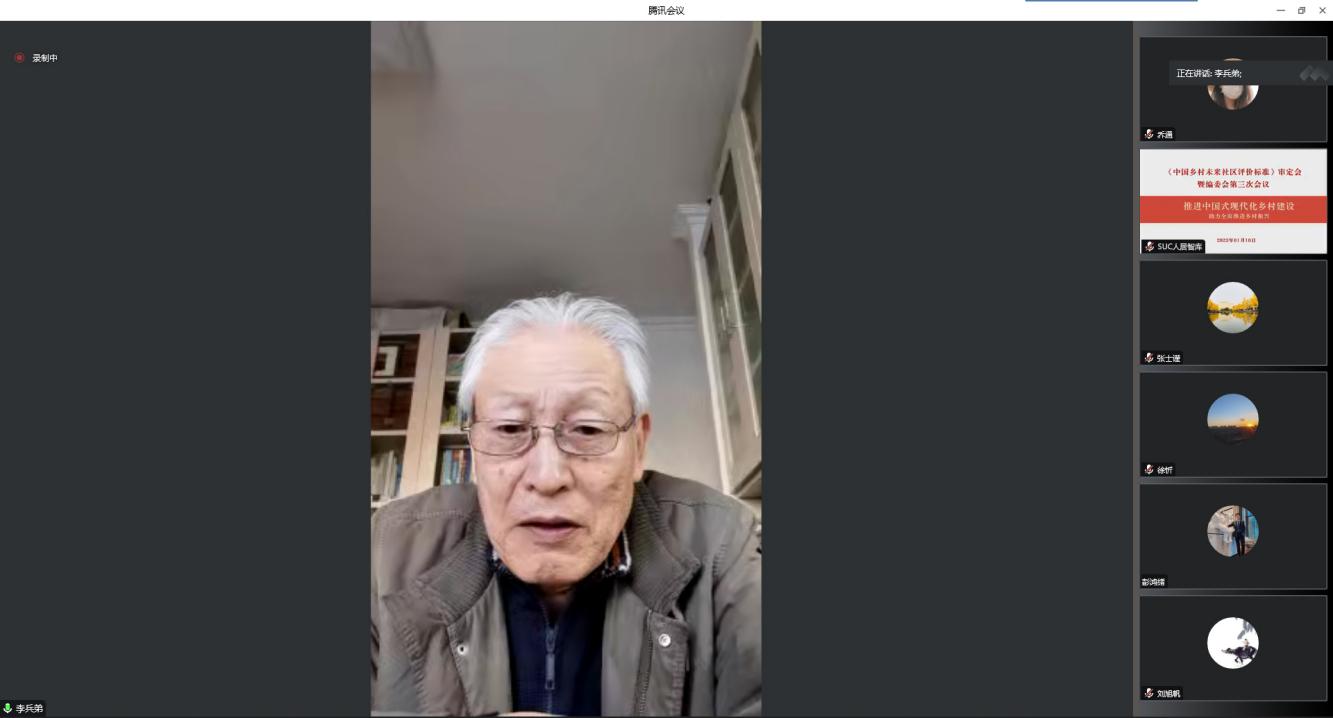
Li Bingdi put forward in the evaluation, the standard has focus, methodology, structure of scientific norms and reasonable, in line with the requirements of the relevant departments, to promote the development of modernization of agriculture and rural areas have a strong integration, and suggested: first, to improve the evaluation of individual indicators of the main points; second, as soon as possible, the public release and the standard for a wide range of publicity and promotion and pilot demonstration, to do a good job in the summary of the experience and revisions, and upgraded to the national standard in due course.
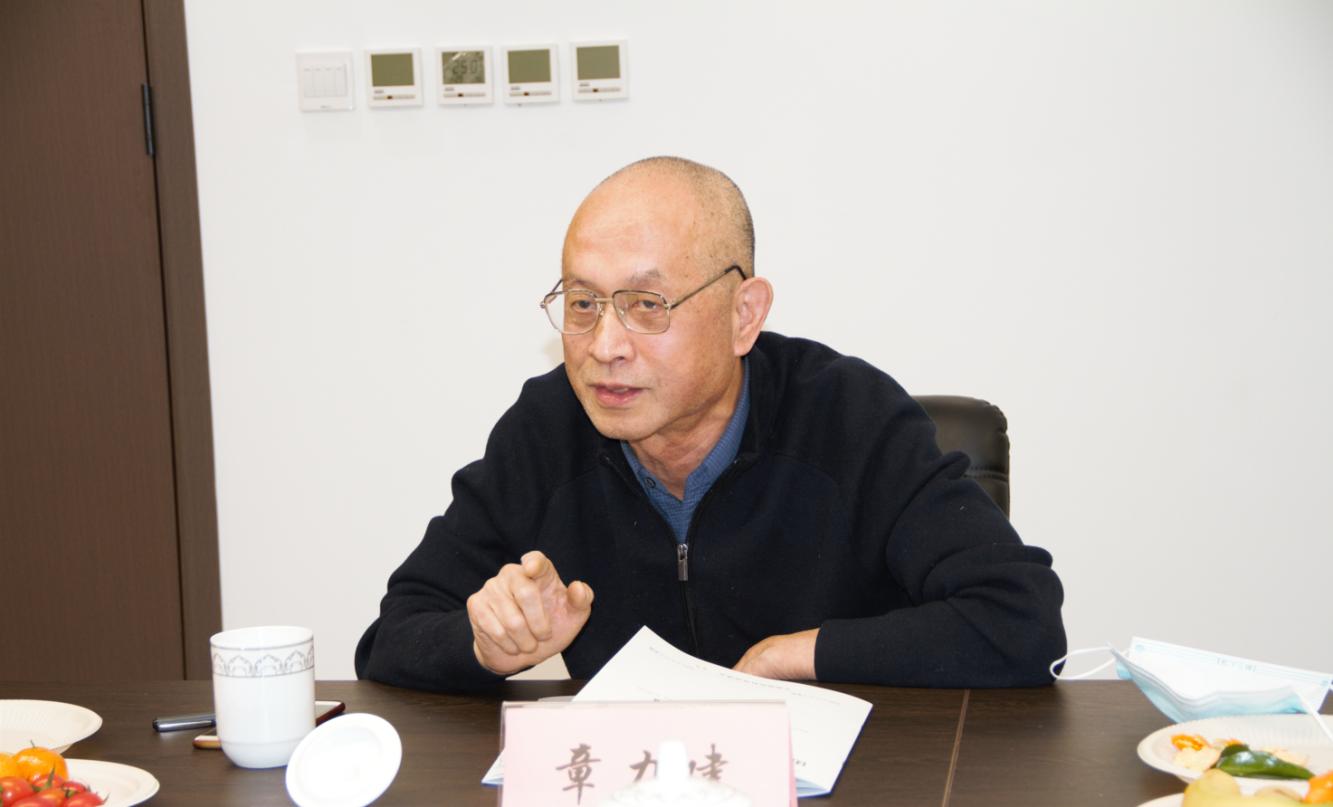
Zhang Lijian pointed out that the standard is based on the current, focusing on the long term, in the context of China's comprehensive promotion of rural revitalization and the implementation of the strategy of Healthy China, it is an innovative contribution to the application of the prospect is immensely broad, and he suggested that: firstly, as soon as possible to do a good job of the standard pilot and the summary of the experience, and constantly improve the standard content, and to promote the sustainable development of the rural community; and secondly, to keep up with the central government related to the implementation of the major strategic plan, and update the standard in due course.
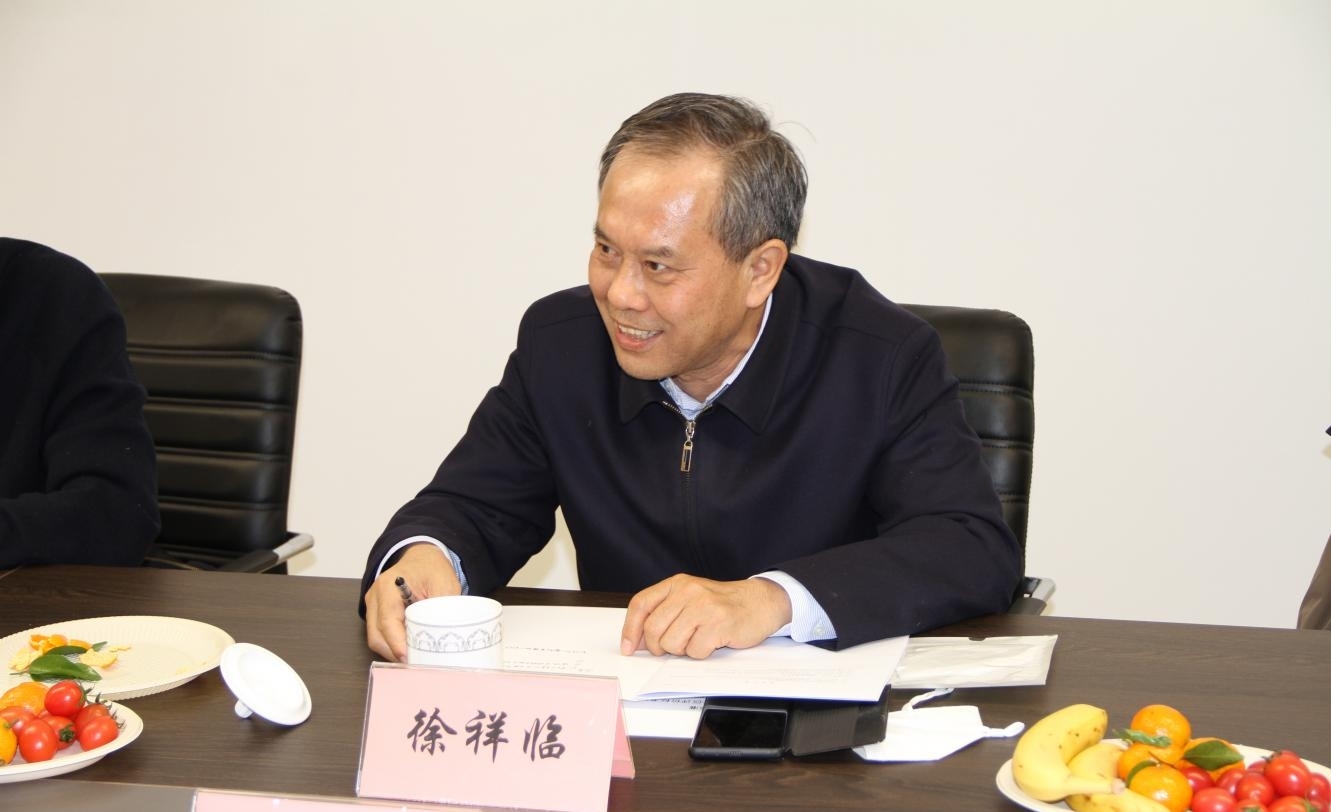
Xu Xianglin said that the framework of this standard is complete, reflecting both the relevant spirit of the central government and practical experience, which helps to guide the work of rural community building. Suggestions: First, focus on comprehending the spirit of General Secretary Xi's important speeches at the Central Rural Work Conference since the 18th National Congress, and better reflecting the road of socialist rural development with Chinese characteristics in the standard; and second, further improve the indicators related to the industrial theme, and test and improve the standard with practice.
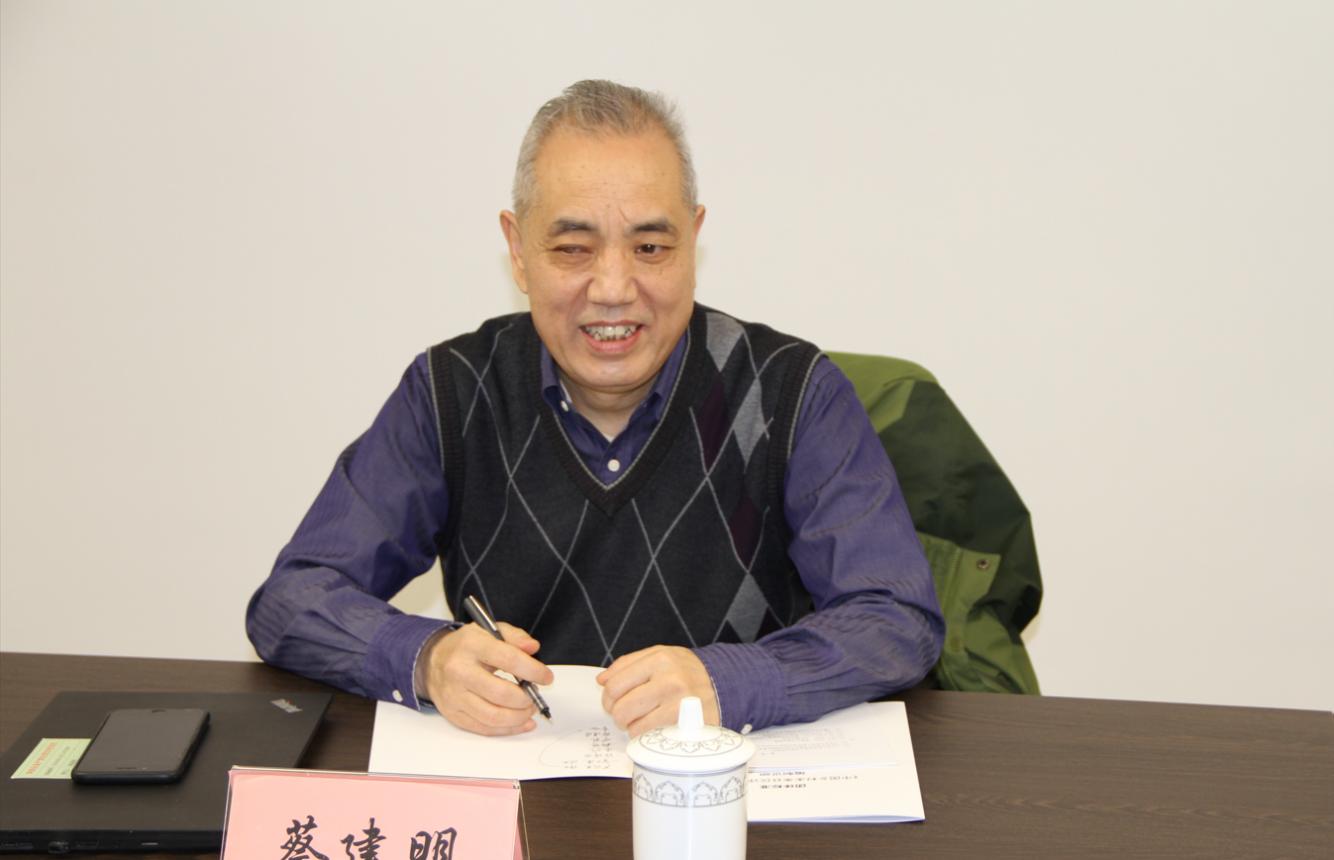
Cai Jianming said that this standard is of great significance in promoting the construction of Chinese rural communities and the integrated development of urban and rural areas, and is a useful exploration of the future development path of Chinese-style modernized villages. It is recommended that: firstly, the evaluation index system of future rural communities should be standardized against urban communities, so as to realize the convergence of urban and rural community standards and integrated development, and to promote common prosperity in urban and rural areas; secondly, the order of indicators related to the theme of governance should be adjusted and those related to the theme of ecology should be further improved.

Du Lijun said that the standard is pioneering and forward-looking. It is recommended that, firstly, the correspondence between the basic and upgrading evaluation points of the indicators be further strengthened; and secondly, the evaluation preliminaries be further streamlined to provide guidelines for the wider promotion of the use of the standard in rural communities.
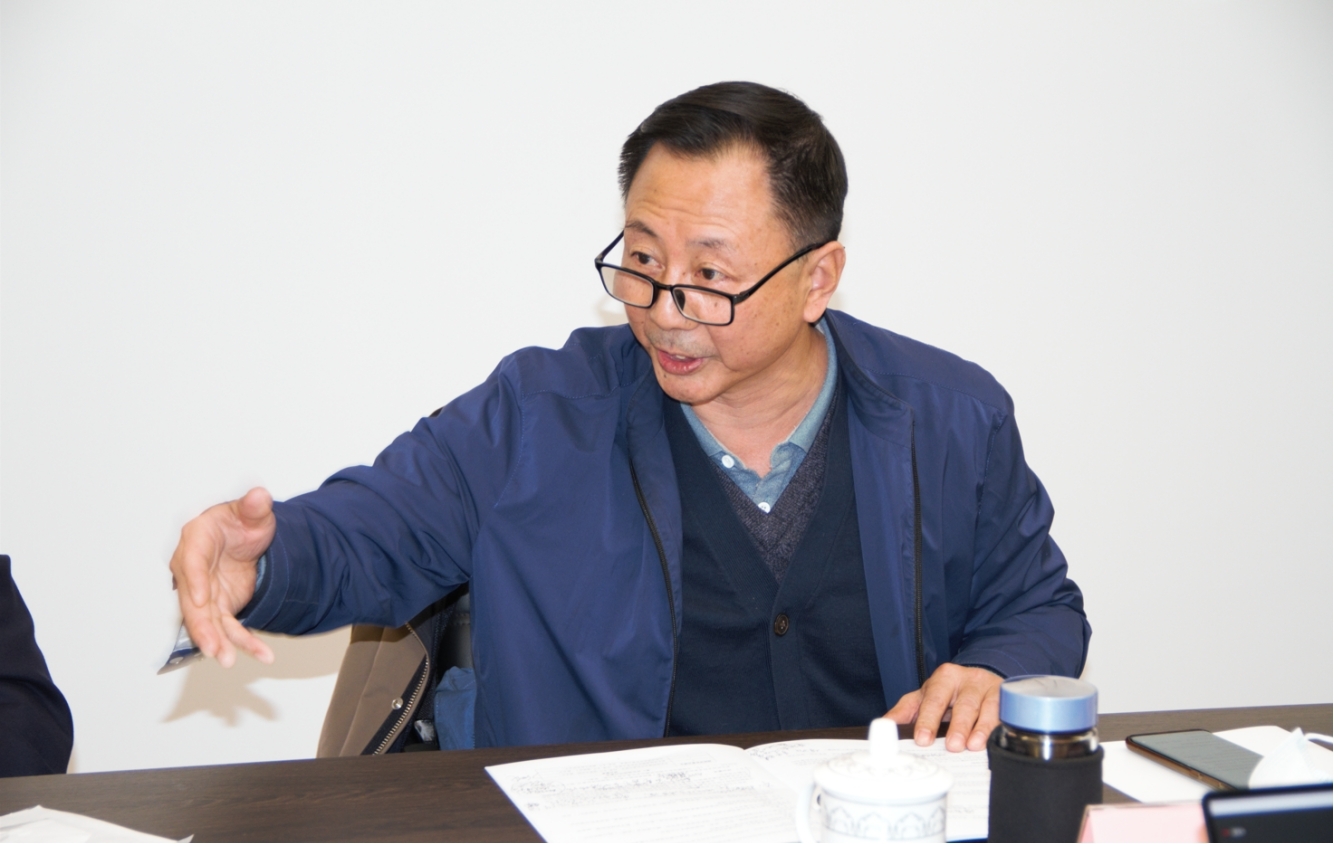
Zhu Lizhi said, fully agree with the review experts, this standard has both practical basis and hit the reality of the need, it is recommended that the standard should be in the scientific and technological leadership and application of increased content, while further clarifying the purpose of the evaluation, the evaluation at the same time the need to carry out consulting and implementation of the guidance, it is recommended that reference to the "National Sustainable Agricultural Development Plan (2015-2030)" to improve the relevant content and as a standard reference. It is recommended that the relevant contents be improved by referring to the National Sustainable Agricultural Development Plan (2015-2030) and be used as a standard reference document.
At the end of the expert evaluation session, Zheng Hualin, Deputy Secretary General of CIAT and Director of Standardization Committee, expressed his gratitude to the experts for their valuable comments. He believes that this standard took one and a half years to prepare, and was jointly prepared by more than 60 experts from the Ministry of Agriculture and Rural Development, China National Institute of Standardization, Chinese Academy of Agricultural Sciences, Chinese Academy of Social Sciences, Zhejiang Institute of Standardization, Tsinghua University, China Agricultural University, and more than 20 participating units, as well as experts from Beijing Future Habitat Technology Research Institute of the Future Community of Chinese Villages, the whole-process consulting organization, the World Usha Center, and the people's government of Qujiang District. People's Government, etc. The joint compilation reflects a high standard, and it is hoped that this standard can go from China to the international arena through continuous improvement and revision.
Professor Wang Jinxia, Professor of Modern Agriculture College of Peking University and Director of China Agricultural Policy Research Center of Peking University, made a speech as a representative of the Editorial Committee.

Subsequently, Mr. Dong Wenjun, Secretary General of Habitat for Humanity Committee of CSTPC, introduced the pilot promotion and application work plan of the standard. On the one hand, the Secretariat will continue to collect the latest practical experience and opinions of expert editorial board members from 18 provinces, 4 municipalities and 2 autonomous regions across China to do a good job in revising the standard. On the other hand, it will organize expert delegations to visit the rural community projects recommended by the editorial committee members, hold interpretation and training sessions on the standards, and guide local governments in applying the Evaluation Standards for Future Communities in China's Villages to carry out pilot construction, so as to help localities achieve comprehensive rural revitalization.
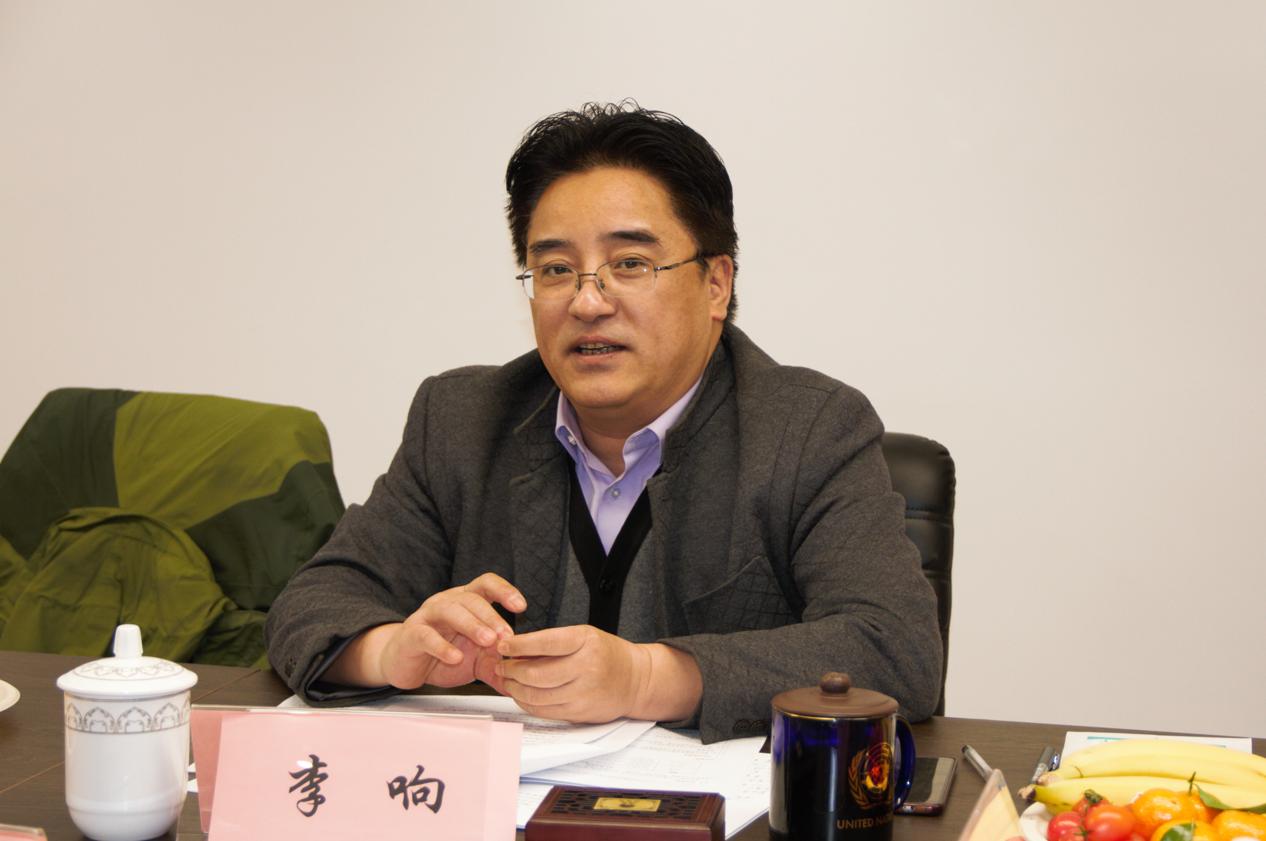
At the end of the meeting, Li Rong, director of China Association for the Promotion of International Science and Technology (CAPIT), chairman of Habitat Think Tank Committee, founder of Beijing Future Habitat Technology Research Institute, and the main sponsor of this standard, made a concluding speech. First of all, he thanked the seven review experts for their wonderful comments and the hard work of the participating units and members of the Editorial Committee, and expressed his sincere gratitude to the Quzhou City Qujiang District Government for its contribution to the preparation of the standard and to the leaders of the China Association for the Promotion of Science and Technology at all levels for their strong support. He said that this standard validation meeting and the meeting of the editorial committee is not the end of the task of the editorial committee, but the beginning of a new phase. Next, the editorial committee will combine the experts and the editorial committee to further improve the standard draft for approval, after submitting to the competent authorities for approval, around the standard promotion and pilot construction, will prepare to hold a national "debut meeting" of China's rural future community standard, selecting excellent projects to carry out pilot projects in China's rural future community, and strive for the first China's rural future community built in various places. The first pilot project of China's rural future community built in each region will become the best demonstration of rural revitalization in its city, the flag-bearing project of rural revitalization in its province, and the example of modernized rural community in China.
He hopes that the revised version of the standard will be continuously improved on the basis of the pilot projects and validation in different places, and the upgraded version of the standard will be released in three to four years, hoping that through practice and promotion, it will contribute to the support of the standard for the comprehensive realization of agricultural and rural modernization, provide high-quality examples for the practice of modernized Chinese-style villages, and provide Chinese wisdom and solutions for the sustainable development of the rural communities around the globe.



 Home
Home



